facelift
Face lift procedure includes stretching and lifting of the lower half of the face with or without the neck. The procedure can be combined with eyelid and forehead lift at the same time.
Facelift Frequently Asked Questions
Who is a candidate for a facelift?
The ideal candidate for facelift is a person that experience facial and neck skin sagging that cannot be corrected by using non-surgical or minimally invasive treatments such as dermal fillers and Botox, or liposuction. Facelift can reduce the jowls and marionette lines and restore the upside triangle facial frame.
How long does facelift outcomes last?
Mostly up to 10 years, depends on many factors such as skin type, age of the patient and their health status. Important to remember that patient may be happy with the outcome for a much longer time depending on their personal goals.
Where is the incision performed?
Incision location can vary and there is room for the patient to influence its design during consultation. Usually The incision begins in front of the ear at the temple, encircle it from the bottom and continues behind the ear towards the back of the head. The incision can be shortened or lengthen according to the goals of the surgery and gender.
Will I need to remove stitches or drains after surgery?
A drain is left for one night to monitor possible bleeding under the skin. Dr. Wiser uses absorbable sutures, so no need for suture removal.
Can I combine facelift with another procedure in the face at the same time?
Yes you can! Based on your aesthetic concerns and wishes, it is recommended to use the opportunity that you are already going through surgical procedure and perform additional procedures that you plan on having such as eyelid lift (blepharoplasty), eyebrow lift or forehead lift.
Does facelift make my skin smoother?
One of the technics used by Dr. Wiser to achieve a smoother face’s skin is Platelet Rich Plasma (PRP). PRP is known to rejuvenate and smooth the skin and decrease “down time” after surgery. During surgery, Dr. Wiser draws 60cc of blood from the patient, and separate the PRP using a centrifuge. The PRP is then injected by Dr. Wiser into the facial skin just before the end of the procedure.
I lost a lot of facial volume, can facelift restore it?"
Yes! during facelift, Dr. Wiser injects your own fat to your face to regain volume lost. Fat is harvested from areas of excess such as from the abdomen, thighs and hips. The patient can choose where to take it from. Then, the fat is irrigated, filtered and injected back to the facial areas that are volume depleted. Fat injection is also known to improve the skin texture.
How is the anesthesia performed?
Facelift is usually performed under general or local anesthesia with intravenous sedation. In both cases, the operation is performed in the presence of an anesthesiologist. This is a relatively long procedure due of the large amount of anesthetic injections and since the average age of the patients is relatively high and in many cases belong to a less healthy population group.
In case of local anesthesia, the anesthetic injections are administered only after
intravenous sedatives have begun to affect. The injections are given along the planned incision line as well as in areas in which skin and fat are separated: in the neck, the chin and the cheeks. The procedure hurts a little, similar to an injection administered by a dentist. The sedatives that will be given will ease the administration of these injections.
Currently, there is a clear preference for performing a facelift under general anesthesia because of the ability to maintain and preserve the airways during surgery.
Does facelift requires hospitalization?
It is not a must. Usually patients can be discharged after few hours in recovery post facelift. However, to reduce risks, it is recommended to stay under medical supervision for the first night. Dr. Wiser’s office offers nurse services to all of its patients.
